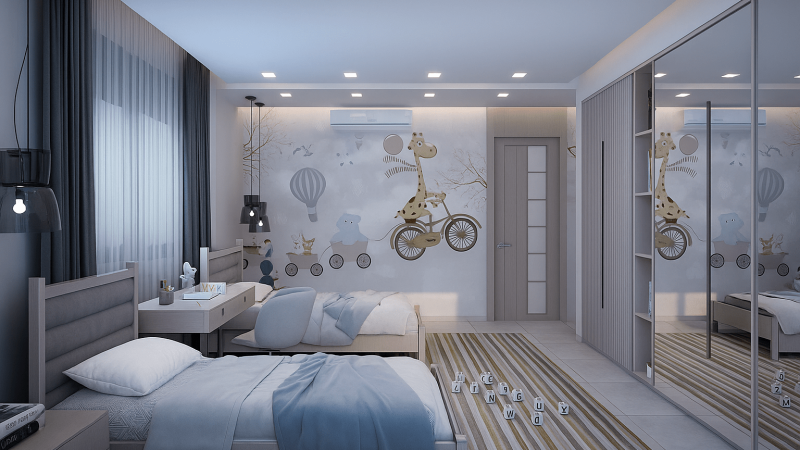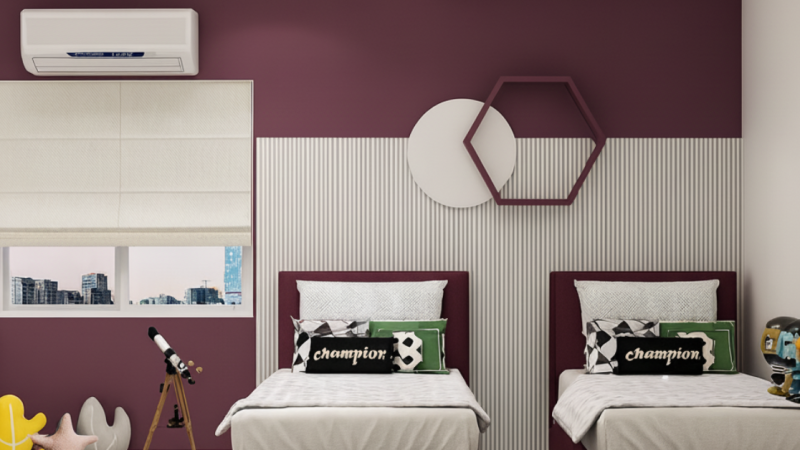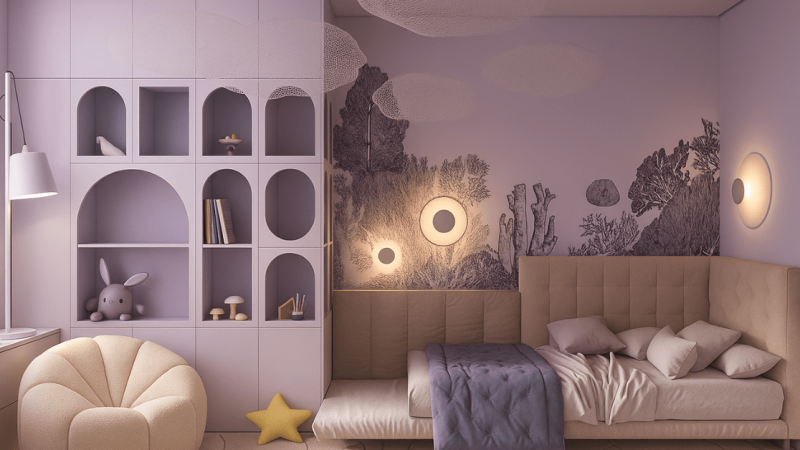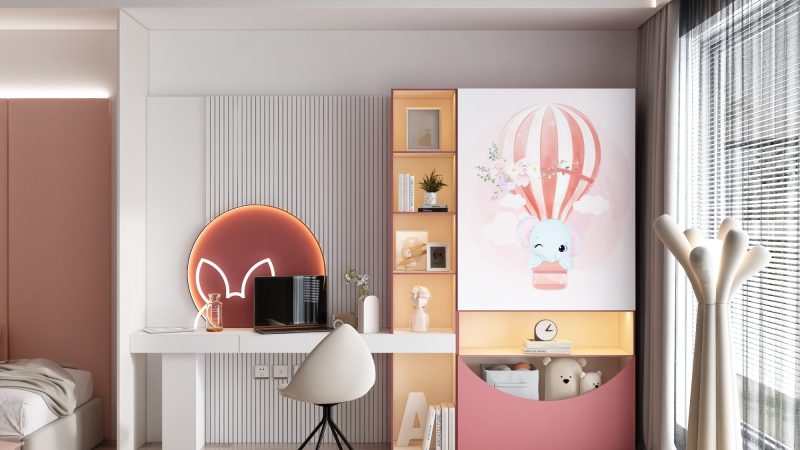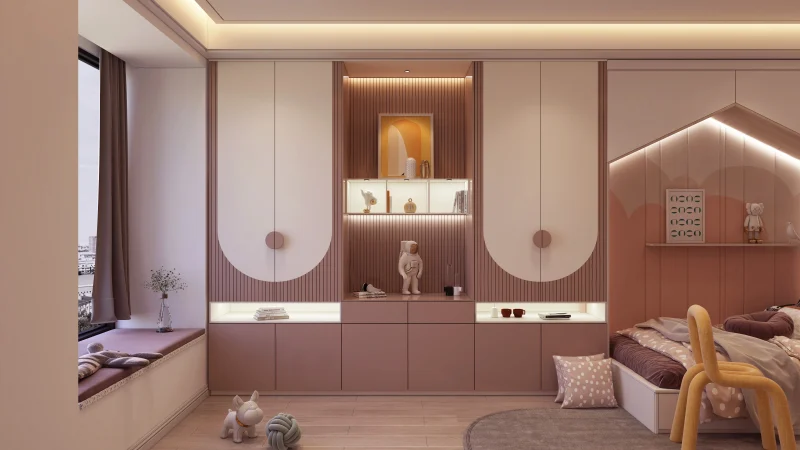Planning Your Kid’s First Bedroom Furniture? Here’s What You Need to Know!
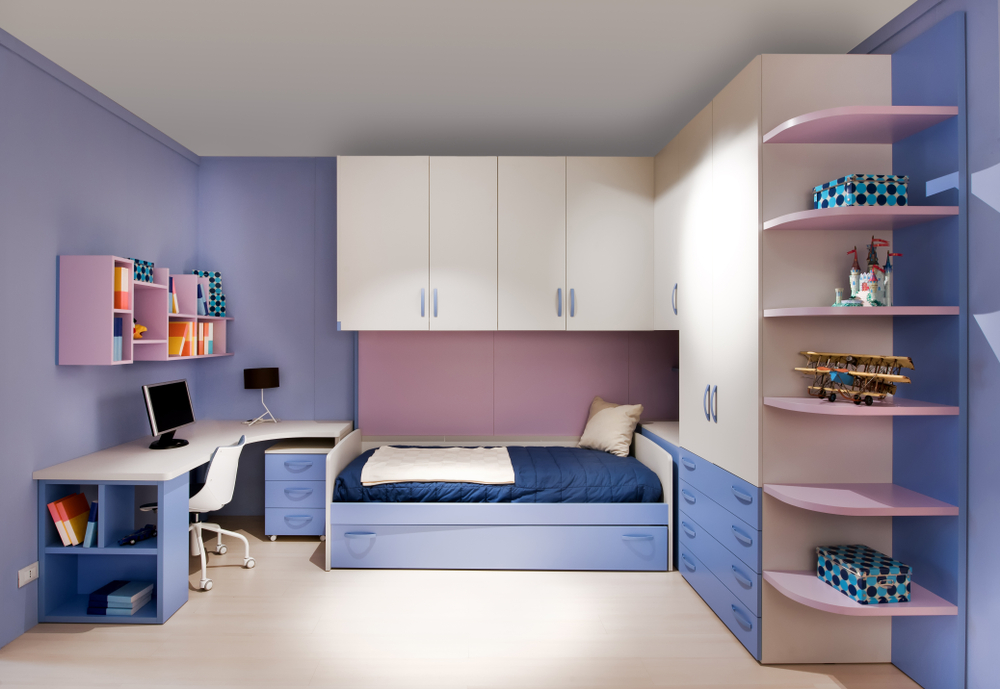
Welcoming your first child into the world is an exciting time—and planning their very first bedroom is a milestone you’ll cherish. Planning Your Kid’s First Bedroom Furniture isn’t just about picking a crib; it’s about creating a safe, functional, and inspiring space that grows with your little one. In this guide, you’ll learn everything from essential nursery furniture to layout hacks, all in a clear, conversational tone.
Key Benefits of Planning Your Kid’s First Bedroom Furniture Early
Getting a head start on your nursery setup offers several advantages:
-
Cost Savings: Early shopping lets you catch sales and compare prices on kids bedroom furniture.
-
Stress Reduction: Knowing your checklist is complete means less last-minute scrambling.
-
Safety First: You’ll have time to research child-safe furniture options and materials.
-
Personalization: More time to incorporate themes, colors, and personal touches.
By mapping out your needs from the start, you’ll avoid impulse buys and focus on quality pieces that last.
Choosing the Right Furniture Style for Your Nursery
Style selection sets the tone for years to come. Consider these popular approaches:
-
Classic Neutrals: Whites, grays, and beiges create a timeless backdrop—ideal for updating accents as tastes change.
-
Modern Minimalism: Sleek lines and multi-purpose pieces appeal to parents who prefer clutter-free living.
-
Whimsical Themes: From woodland creatures to outer space, themed children’s room design ideas can transform a room into a dreamy escape.
Tip: If you’re unsure about a full theme, start with neutral furniture and add colorful rugs, bedding, and artwork later.
Nursery Furniture Checklist Essentials
Before you shop, make sure your list includes:
-
Crib or Convertible Crib: Look for JPMA-certified models with adjustable mattress heights.
-
Changing Table or Dresser with Changing Tray: Dual-purpose dressers save floor space.
-
Rocking Chair or Glider: Comfort matters during late-night feedings.
-
Bookshelf or Storage Units: Early organization prevents toy clutter.
-
Nightstand or Side Table: A handy spot for a lamp, baby monitor, and bedtime storybook.
Having a solid nursery furniture checklist ensures nothing essential slips through the cracks.
Safety and Durability: Top Priorities
Your child’s well-being comes before aesthetics. When evaluating pieces:
-
Materials: Opt for non-toxic paints and finishes. Look for ASTM or CPSC safety certifications.
-
Construction: Solid wood frames often outlast particle board and MDF in high-humidity environments.
-
Anchoring: Secure tall furniture to wall studs to prevent tipping.
-
Rounded Edges: Rounded corners on tables and chests reduce injury risk.
Investing in durable, safe space-saving furniture for kids pays off as your child grows through toddlerhood and beyond.
Optimizing Space with Smart Layouts
Even in a small room, thoughtful planning creates breathing room:
-
Zoning: Divide the space into rest, play, and storage areas.
-
Vertical Storage: Use wall-mounted shelves or tall dressers to free up floor space.
-
Under-Crib Drawers: These hidden drawers are perfect for linens, clothes, or toys.
-
Folding Furniture: Consider fold-down desks or changing tables that collapse when not in use.
A well-organized layout keeps the room functional and inviting, even in compact nurseries.
Budget-Friendly Tips for Nursery Furniture
Quality doesn’t have to break the bank. Try these strategies:
-
Shop Secondhand: Gently used cribs and dressers often cost 50–70% less than new.
-
DIY Upgrades: Repaint or repaint thrifted pieces; add new hardware for a fresh look.
-
Bundle Deals: Many retailers offer nursery sets (crib, dresser, rocker) at a discount.
-
Seasonal Sales: Big-ticket items like cribs and gliders often go on sale around Presidents’ Day and Black Friday.
With a bit of creativity, you can build a functional, stylish room on a modest affordable nursery furniture budget.
Personalizing the Room as Your Child Grows
Your kid’s interests will evolve fast. Design a room that adapts:
-
Removable Decals: Swap animal or alphabet wall stickers for sports or space themes later.
-
Convertible Furniture: A crib that converts into a toddler bed extends its lifespan.
-
Interchangeable Textiles: Change bedding, curtains, and rugs seasonally or as your child’s preferences shift.
-
Accent Furniture: Add a beanbag, teepee tent, or play table once your child reaches toddlerhood.
By choosing flexible elements, your nursery can transition into a big-kid’s bedroom without a full overhaul.
Conclusion
Designing your little one’s first bedroom is a labor of love. By planning your kid’s first bedroom furniture with safety, style, and functionality in mind, you’ll create a space that nurtures imagination and growth. Ready to get started? Grab our free nursery planning checklist and begin building the dream room today!
Call-to-Action:
Download our Ultimate Nursery Furniture Planning Guide and turn your vision into reality!

